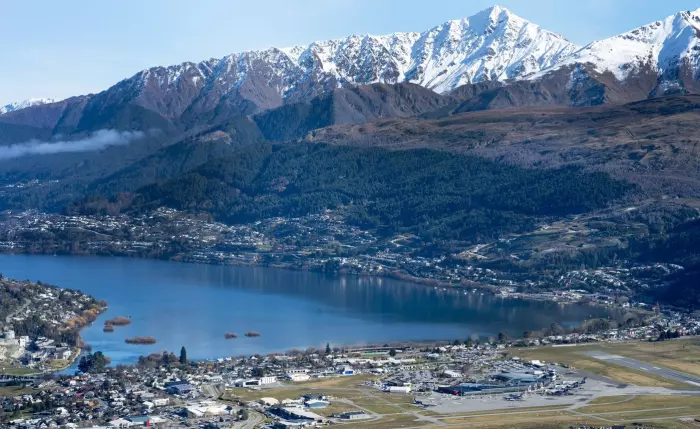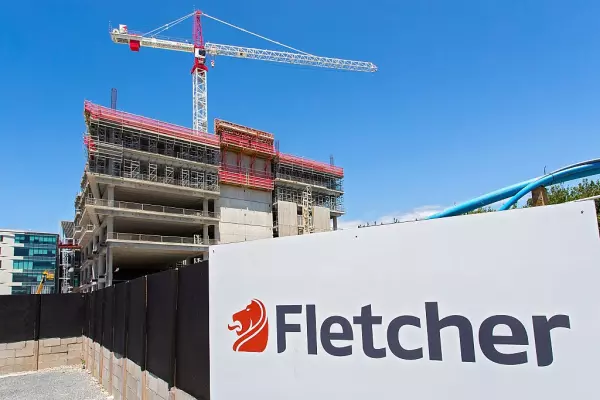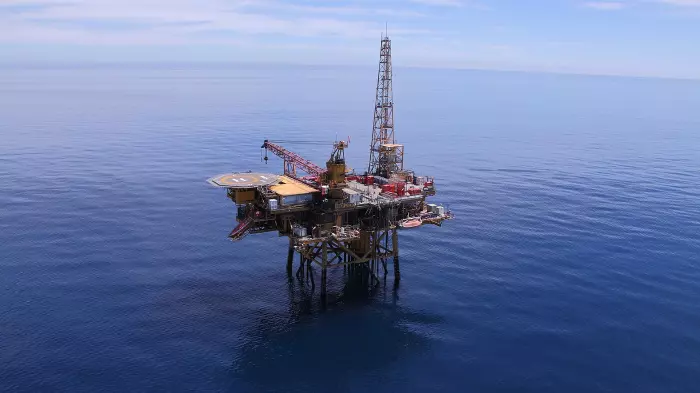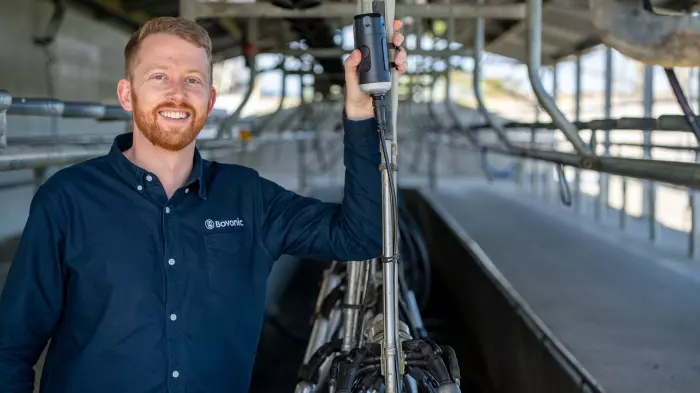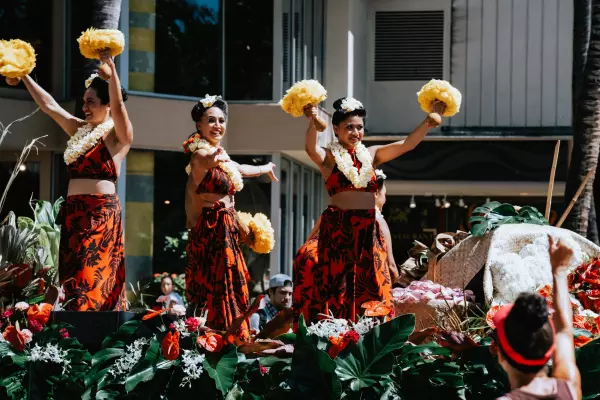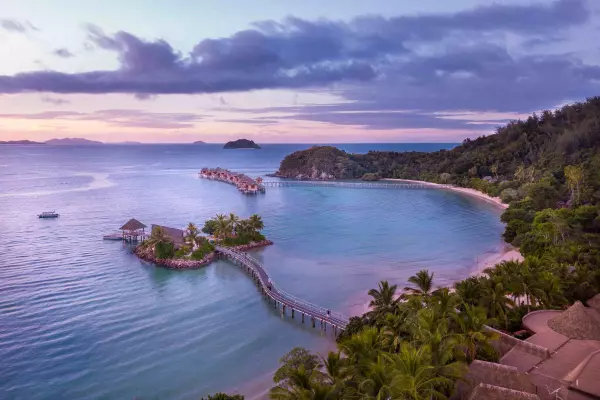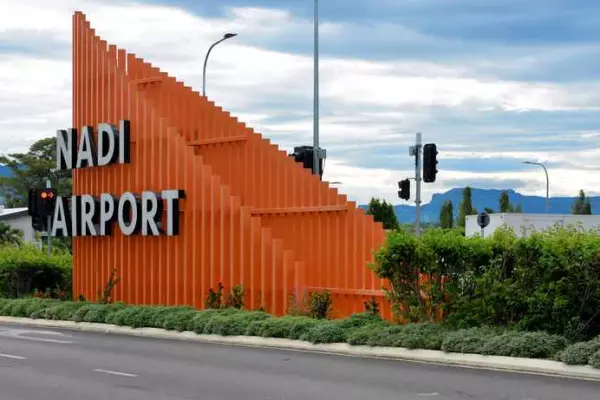All things considered, things are looking up for the New Zealand tourism industry.
To be fair, that’s off a low base, after the sector’s oxygen supply was essentially cut off as a response to the global pandemic.
That saw four million annual visitors locked out of the country, an immediate drop in accommodation levels of 55% and the value of personal travel during 2020 drop from close to $4 billion to about $660m.
James Doolan, strategic director of Hotel Council Aotearoa (HCA) reckons, all up, there were 943 days of shutdown, lockdown and restrictions, much of that significantly affecting Auckland, both the engine room for domestic tourism and the gateway for international tourists.
Recuperation started in earnest during the winter season, much of that led by the ski trade into the southern lakes. And that had more to do with plentiful snow than much else.
That helped arrivals jump to 151,270 international visitors through border control during the September peak, says Statistics New Zealand data.
That was still 42% down on the 261,770 in September 2019, but it’s the highest monthly tally since March 2020’s 175,521 visitors.
So, what’s in store for 2023?
Even keel
The Tourism Export Council (TECNZ) estimates that NZ will get back to something like pre-covid visitor numbers by May 2025, reflecting in the main the slow return of big-spending Chinese tourists.
By May the NZ visitor season runs to Apr 30), the annual number of arrivals should be at 2.1 million, about halfway to even keel. Those folks will leave after having spent about $7.8 billion, factoring in a 12% premium on pre-covid visitor spend reflecting cost escalations and potentially, a longer length of stay.
First in the queue are Australians, who are expected to reach almost 1.2 million visitors by May 1, with visitors from the United States at 278,000 visitors and visitors from the United Kingdom coming in at 167,000 over the same period.
Visitors from China, who accounted for 328,145 arrivals in 2019, aren’t expected to start arriving with any regularity until about October, and possibly 2024.
TECNZ chief executive Lynda Keene says, while there are a lot of variables in the mix, there are some positive signals, particularly given the increase in ‘independent’ travellers.
She said group touring had also started to gain traction during November and tour operators are seeing heightened interest in ‘wellness and mindful’ travel.
“There is definitely a stronger desire for visitors to engage with businesses that are good kaitiaki [guardians of the land], and businesses who place health and safety as priorities in their operations.”
The return of cruise liners into NZ waters would also salvage at least part of what had been a $550m industry pre-pandemic.
Cost-of-living pressures
Callum Mallett, chief operating officer of SkyCity Entertainment said the casino and hotel operator expects local demand to “plateau” in 2023, but international tourism to pick up the slack as airline capacity increases.
Like many tourism operators, SkyCity should also benefit from major events headed our way, including the Fifa Women’s World Cup, as “critical drivers” of both city and regional recovery, he says.
NZSki chief executive Paul Anderson agrees there will be local pressure points on spending, particularly for high-end activities, but that the group’s three ski fields, Coronet Peak and the Remarkables in Queenstown, and Mt Hutt near Christchurch, will be supported by the “massive demand” from the Australian market.
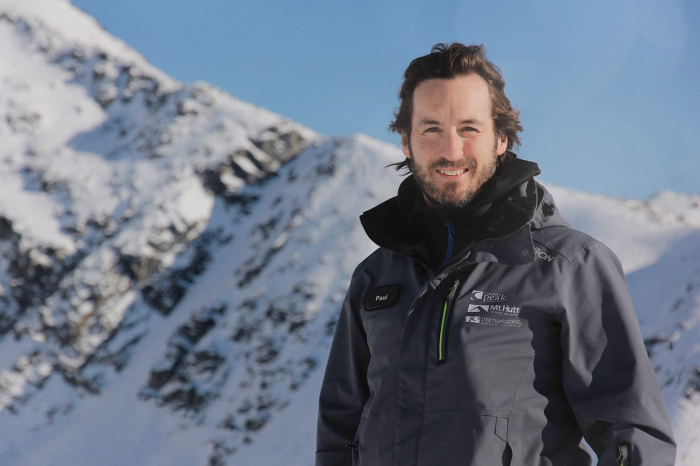 Paul Anderson says the cost of living will become a pressure point for locals. (Image: NZSki)
Paul Anderson says the cost of living will become a pressure point for locals. (Image: NZSki)
That influence was shown by the influx of Australian visitors during the winter season, on the back of excellent ski conditions in the southern Alps. That saw more than a million skiers hit the slopes, helping push regional tourism returns up by an estimated $120m.
That followed two seasons which had carved “at least” 200,000 visitors from winter activities, Anderson said.
Labour shortages are real
But the overriding issue has been, and will continue to be, the tight employment market.
Within the tourism, and by inference, the hospitality sector, that has translated to reduced opening hours, with hotels ‘capping’ occupancies to as low as 70%, without adequate housekeeping or front of house staff.
In 2019 the tourism sector’s headcount was at 221,000. Within a few months of the first pandemic lockdown in 2020, that had dropped by a third, to 75,000. More than a fifth of those were migrants.
https://businessdesk.co.nz/article/tourism/tourism-needs-to-embrace-job-sharing-to-spur-recovery-report
Immigration NZ has been slowly righting the ship and numbers are now slowly trickling back.
So far, about 20,000 of the 36,000 approved working holiday visa-holders are reported to have arrived, with immigration counts tracking at about 1,200 arrivals per week.
The caps for working holiday schemes for businesses have also been doubled.
The ‘help wanted’ signs, however, remain, particularly in resort areas such as Taupō, the Coromandel, the Bay of Plenty and Queenstown-Lakes.
The Restaurant Association says the 135,100 people now employed across NZ’s 20,000 restaurants, bars and cafes is still 1.7% down on pre-covid levels. In the meantime, wage rates have jumped by 8.2% and salaries by 11.6% year-on-year.
SkyCity’s Mallett says staffing will easily be the company’s biggest issue for at least the next nine months.
“It’s costing SkyCity millions of dollars in revenue and is putting pressure on our existing teams.” Without being able to attract enough staff, the firm’s Queenstown casino had been forced to close its food and beverage operation.
Mallett says it isn't just about providing a ‘substandard’ experience for SkyCity guests but has the potential to damage NZ’s reputation as a visitor destination for years to come.
More hotels
Dean Humphries, the national director, hotels, with Colliers, says hotel room rates will end 2022 above 2019 levels.
Leading the pack, at an average daily rate (ADR) and up 43% at $168 is Rotorua. Christchurch, Wellington and Queenstown were closely behind for the third quarter, with Queenstown reaching a peak ADR of $283.
The property firm’s data shows that while occupancy levels are still a third down in Auckland and Rotorua, Queenstown and Christchurch were at close to 85% occupancy, on the back of a “strong pivot” back towards hotels as a primary choice and away from motels or online options such as Bookabach or Airbnb.
Airbnb, for its part, has launched a new marketing drive, ‘Airbnb Setup’, sweetening the pot for potential hosts by factoring in risk management measures and additional insurance.
Selling the booking site as a cost-of-living hedge, Airbnb says averaged out earnings for an Airbnb host in NZ were $5,500 last year, with returns tracking up by 30% globally for the third quarter of this year.
https://businessdesk.co.nz/article/tourism/its-the-great-lockup-as-hotel-rooms-stay-closed
New hotel offerings in the new year will include JW Marriott, which will move into the Stamford Plaza, which was sold for $170m to a private-equity consortium this year.
Wellington will get a new Sebel apartment hotel, and later in the year will a new 313-room Pullman hotel opens at Auckland Airport, owned by Tainui Group Holdings.
Global hotel group Ennismore is also expanding its presence in the country, with hotels including a Jo&Joe, and two Tribe hotels in partnership with the country’s biggest hotel owner, CP Group, as well as a Hyde Hotel in Queenstown.
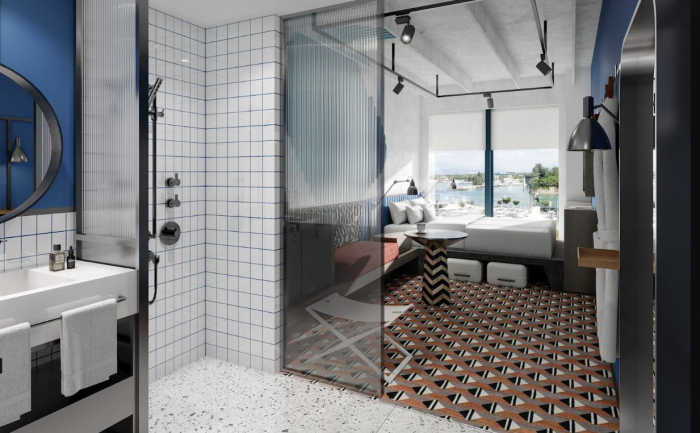 Accor will manage two new CPG-owned Tribe Hotels, scheduled to open in 2023 in Auckland. (Image: Accor)
Accor will manage two new CPG-owned Tribe Hotels, scheduled to open in 2023 in Auckland. (Image: Accor) Serviced apartment provider Quest has also unveiled some ambitious development plans, with three new property openings, in Mt Maunganui, Hastings and Christchurch, next year. All up, the company, which operates 40 properties in NZ and one in Fiji valued at $1.2 billion, has locked in 10 new property openings by 2026.
Ronnie Ronalde, group operations manager of the CPG Group, NZ’s largest hotel owner with 20 hotels, says while there had been a lot of positivity following the return to post-covid business, there are challenges around getting properties back up to standard.
Ronalde says CPG would like to see government support to help the industry get on and run its businesses.
“As an industry, we now have to be prepared to think about our own businesses, to reinvent ourselves and think about what segments we need to be focusing on – as we can’t afford to spend a lot of money after the past two years.”
Visitor levies still in bed
Queenstown Lakes District Council mayor Glyn Lewers says the district will continue working on introducing a 5% visitor levy with central government, a so-called bed tax to generate a new revenue stream to help support “heavily overburdened” infrastructure.
The plan for a levy, kickstarted by former Queenstown mayor Jim Boult in 2019, needs central government backing to get off the ground. And despite a ‘lukewarm’ response from the Labour government, and in particular tourism minister Stuart Nash, the city has included a levy in its 10-year plan – with estimates it could clip about $23m a year from visitors.
Lewers says while ‘technically’ the council had started working on that again post-covid, given the political environment it’s likely the decision will have to wait until after the election, with a ‘gestation’ period of about 18 months to get it into place.
National party leader Christopher Luxon, for one, isn’t necessarily a fan either – in the view that the “government didn’t have all the answers”, with any strategy guided by the sector itself.
“When that’s about 60% right, we as government will get involved with that, and provide the enablers, in the form of infrastructure, for that to happen.”


